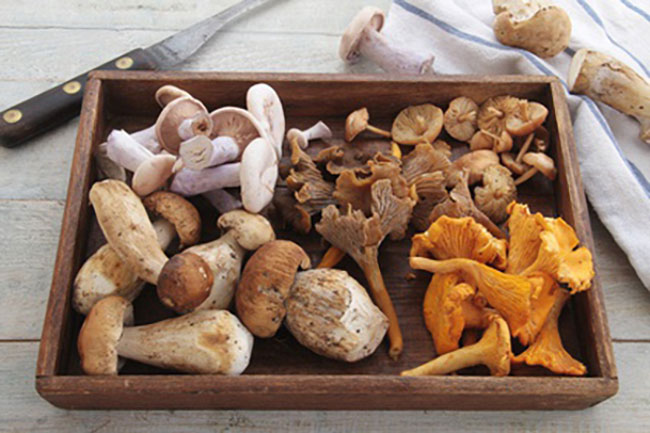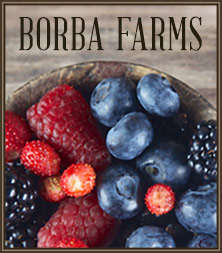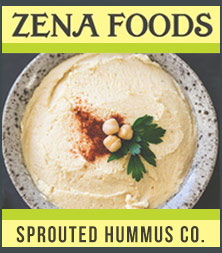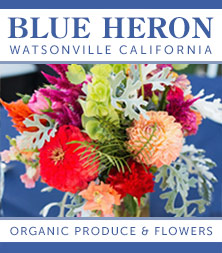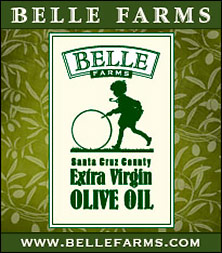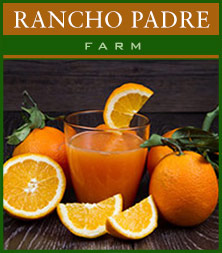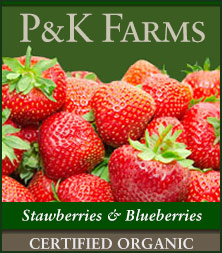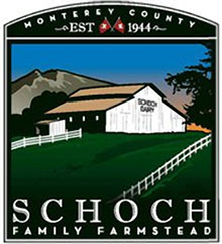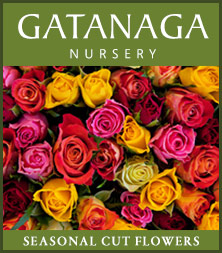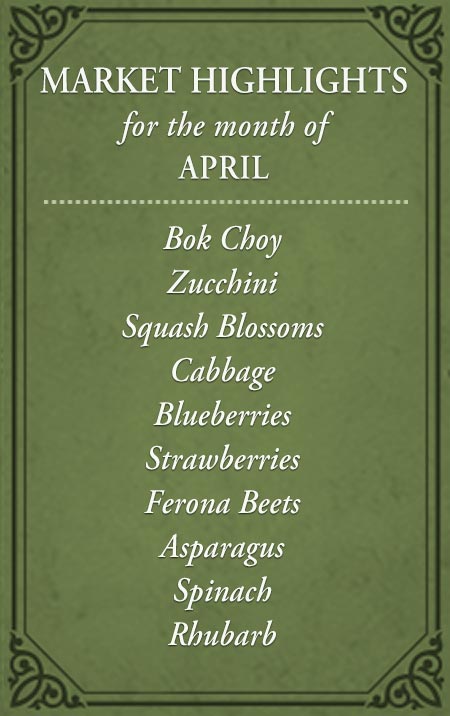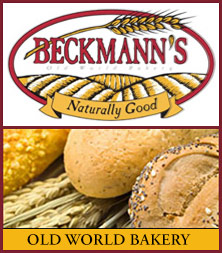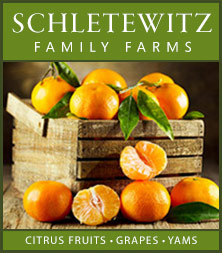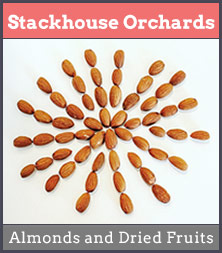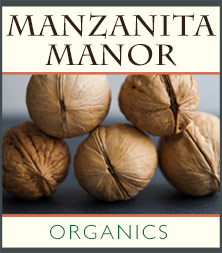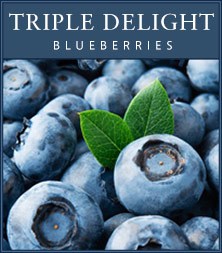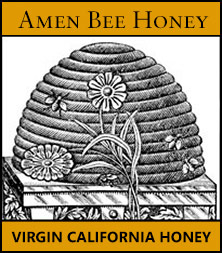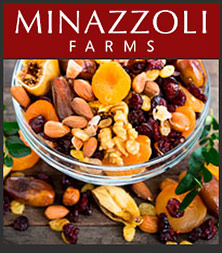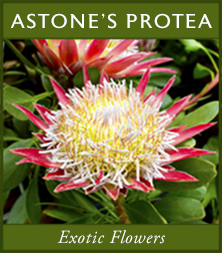Did you know the Monterey Bay area is the second-largest producer of mushrooms in the U.S. and third in the world? Pennsylvania, where mushroom farming was pioneered, ranks first. The Chinese, who studied Pennsylvania’s methods for shiitake production, now lead global production.
What was once considered exotic—shiitakes, lion’s mane, oysters, chanterelles, and Portobellos—are now everyday ingredients. At the Aptos Farmers Market, you’ll find a wide variety, with New Natives offering an impressive selection of organic mushrooms.
What’s in a Name?
Cremini, white button, and Portobello are all forms of Agaricus bisporus. White buttons are young and mild; creminis are denser and more flavorful; and given time, creminis mature into robust Portobellos.
Cooking with Common Varieties
- White Buttons cook quickly, shrink more, and blend seamlessly into soups, stocks, or delicate dishes with poultry and fish.
- Creminis are meatier, with deeper flavor and less water. They shine in pasta, braises, and hearty vegetable or meat dishes—often enhanced with red wine.
- Portobellos are bold, meaty, and perfect for grilling, roasting, or stuffing. Their stems can be repurposed in soups, sauces, or even ground into breadcrumbs for flavor. Choose ones with pale gills and curled rims for the best quality.
Other favorites like lion’s mane, shiitake, and oyster mushrooms are now cultivated, while chanterelles and porcini are still primarily foraged and available fresh in season or dried year-round.
Storage and Handling
- Refrigerate immediately at 34–38°F with moderate humidity.
- Store in original packaging or a brown paper bag once opened.
- Never freeze raw mushrooms, but sautéed mushrooms freeze well for up to a month.
- Don’t wash before storing; clean gently with a damp cloth before use. Avoid soaking—they absorb water and spoil faster.
Nutrition Benefits
Mushrooms are richer in nutrients than many realize. They’re an excellent source of B vitamins (B1, B2, B3, B5, B6, folate), minerals like potassium, phosphorus, magnesium, and copper, and even provide protein and iron. Low in fat and calories—just 25 per 3.5 ounces—they also contain compounds with antimicrobial and potential anti-tumor properties.
There’s far more to mushrooms than meets the eye. From everyday buttons to seasonal chanterelles, why not try a new variety from the farmers market and bring fresh flavor to your table?
RECIPES: Click here for mushroom recipes!


